A Women’s Traditional Saree is a classic and timeless piece in every Indian woman’s wardrobe. Rich in culture and history, the traditional saree is more than just an outfit; it’s a symbol of elegance, grace, and heritage. These sarees are perfect for weddings, festivals, ceremonies, and other important occasions. Traditional sarees are often made from luxurious fabrics like silk, cotton, and georgette, and are adorned with intricate handwoven designs, embroidery, or prints that carry cultural significance.
Key Features of a Traditional Women’s Saree:
- Fabric:
- Silk: Traditional silk sarees, such as Kanjivaram, Banarasi, or Mysore silk, are rich, heavy, and often woven with zari (gold or silver thread), making them ideal for weddings and formal events.
- Cotton: Traditional cotton sarees like those from Khadi or Bengal are light, breathable, and perfect for daily wear, summer, or casual gatherings. These sarees are usually handwoven and feature simple, elegant designs.
- Georgette/Chiffon: These fabrics are lightweight, making them easy to drape and ideal for evening wear, parties, or cocktail events. They can carry a mix of traditional and modern elements.
- Linen and Crepe: Linen sarees are lightweight and breathable, while crepe sarees have a slightly textured finish, giving them an elegant look.
- Traditional Weaves and Designs:
- Banarasi Saree: Known for its intricate zari work, paisley motifs, and rich colors, this saree is often worn at weddings and formal ceremonies. The border and pallu (end piece) are typically embellished with elaborate designs.
- Kanjivaram Saree: Famous for its thick silk and vibrant colors, the Kanjivaram saree features wide borders with rich gold or silver threadwork and is usually worn at weddings or major festivals.
- Paithani Saree: A Maharashtrian classic, these sarees are known for their luxurious silk fabric and vibrant colors, often adorned with peacock motifs and a golden border.
- Mysore Silk Saree: These are known for their soft, smooth fabric and the signature golden zari borders. They are typically in solid, rich colors like green, red, or gold.
- Bandhani Saree: A traditional tie-dye style saree from Rajasthan and Gujarat, it features colorful dots or patterns on a contrasting base.
- Chanderi Saree: Originating from Madhya Pradesh, Chanderi sarees are lightweight with intricate gold or silver zari work, making them suitable for festive and ceremonial occasions.
- Patola Saree: Famous for their double-ikat weaving technique, Patola sarees come from Gujarat and are known for their vibrant colors and symmetrical designs.
- Colors:
- Traditional Colors: Traditional sarees are available in a wide range of colors such as red, maroon, gold, yellow, green, and royal blue. These colors are often associated with auspicious events like weddings and religious ceremonies.
- Festive Colors: Gold, cream, and pastel shades are commonly seen in sarees meant for celebratory events like Diwali, Eid, or family gatherings.
- Bold and Rich Tones: For weddings and special events, deep, rich tones like crimson, emerald green, royal blue, and purple are popular choices.
- Embroidery and Detailing:
- Zari Work: Zari embroidery (gold or silver threadwork) is commonly used to embellish traditional sarees, adding a regal and festive touch.
- Kanchipuram Zari: Kanjivaram sarees are often woven with fine gold or silver zari, creating beautiful patterns, usually on the borders or the pallu.
- Thread Work and Sequins: Some sarees feature intricate hand-embroidery or sequin work, adding texture and elegance to the fabric.
- Mirror Work: Popular in Rajasthani and Gujarati sarees, this style incorporates tiny mirrors stitched into the fabric, adding a glamorous effect.
- Blouse Piece:
- Unstitched Blouse Piece: Many traditional sarees come with an unstitched blouse piece, which gives you the freedom to design a blouse that matches your personal style. The blouse can be tailored to a variety of necklines and sleeve lengths (from deep-neck, halter neck to elbow-length sleeves, or sleeveless).
- Ready-Made Blouses: Some sarees come with pre-stitched blouses, often embellished with zari, embroidery, or mirror work, that perfectly complement the saree.
Styling Ideas for Traditional Sarees:
- Classic Wedding Look:
- Saree: Choose a Banarasi or Kanjivaram silk saree in deep colors like red, maroon, or gold. The traditional zari work on these sarees gives a rich and regal appearance, perfect for weddings.
- Blouse: Pair with a traditional blouse, such as a high-neck blouse with intricate zari or mirror work, or go for a designer blouse with back embroidery.
- Jewelry: Adorn yourself with heavy traditional jewelry like a choker necklace, earrings, maang tikka, bangles, and a kamarbandh (waistband). Opt for gold or kundan jewelry for a classic bridal look.
- Hairstyle: A traditional bridal bun adorned with fresh flowers or gajra (flower garland) works wonderfully with this look.
- Footwear: Traditional footwear like juttis, mojaris, or embellished heels work well with wedding sarees.
- Festive Celebration Look:
- Saree: A Patola saree or an embroidered Chanderi saree in a bold color like royal blue or maroon is perfect for festive occasions.
- Blouse: You can go for a designer blouse with embellishments, like mirror work or sequins, or a modern cut like an off-shoulder or halter neck.
- Jewelry: Statement jewelry like a necklace set, bangles, and a maang tikka will elevate the festive look.
- Hairstyle: A sleek bun with gajra or a side-parted open hairstyle with soft curls adds to the festive appeal.
- Casual Traditional Look:
- Saree: For a more laid-back occasion like a traditional lunch or family gathering, a cotton saree in pastel colors with a simple border or bandhani print will give you a relaxed yet elegant look.
- Blouse: Opt for a short-sleeve blouse or a sleeveless blouse to keep it casual.
- Jewelry: Keep it simple with small gold or silver jewelry like stud earrings and a delicate bracelet.
- Footwear: Comfortable sandals, flats, or even simple wedges can complete the look.
- Semi-Formal or Party Look:
- Saree: A silk saree or a crepe saree with soft floral prints or subtle zari work can be great for a semi-formal occasion, such as a family event or cocktail party.
- Blouse: Pair it with a contemporary blouse, like a sheer or embellished blouse, or even a blouse with a modern neckline like a sweetheart or boat neck.
- Jewelry: Go for elegant yet statement jewelry, such as a pendant necklace or diamond earrings.
- Footwear: A pair of embellished heels or wedges can elevate your look.
- Workwear Look:
- Saree: Choose a light cotton saree with simple borders or a soft silk saree in muted tones like beige, ivory, or light blue.
- Blouse: A simple blouse in the same fabric or a contrasting color will keep the look understated yet elegant.
- Jewelry: Go for minimalist jewelry, like studs or small pendants.
- Footwear: Opt for flat sandals or low heels for comfort.
Where to Buy Traditional Sarees:
- Saree.com:
Offers a vast range of traditional sarees, including Kanjivaram, Banarasi, Patola, and more, along with a wide selection of blouse pieces. - Utsav Fashion:
A leading online store for ethnic wear, Utsav Fashion carries an extensive collection of traditional sarees, including silk and cotton varieties, with unstitched blouse pieces. - Myntra:
Myntra features a great selection of traditional sarees in various fabrics, from silk to cotton, along with designer blouses. - Amazon:
Amazon offers a variety of traditional sarees, including handmade options, in fabrics like Kanjivaram, Banarasi, and more, with blouse pieces included. - FabIndia:
Known for its ethnic collections, FabIndia offers traditional sarees made from cotton, silk, and other natural fabrics, with intricate designs and unstitched blouse pieces. - Biba:
Biba has a range of traditional sarees with modern designs, perfect for weddings and festive occasions. - EthnicWear:
This platform features sarees from renowned brands that focus on traditional handwoven sarees from different regions of India, including Banarasi, Kanjivaram, and Chanderi.
Accessorizing Your Traditional Saree:
- Jewelry:
Traditional jewelry like gold or kundan necklaces, earrings, and bangles will complement your saree beautifully. For a bridal look, add a maang tikka, nose ring, and kamarbandh. - Footwear:
Traditional footwear such as juttis, mojaris, or embellished sandals will complete the look. High heels can work for formal events or weddings. - Hairstyle:
Traditional hairstyles like a braided bun with flowers, a sleek bun, or even soft curls with a side part can enhance the elegance of the saree.
Would you like to explore any specific type of traditional saree, or need help with blouse or accessory suggestions? Let me know!
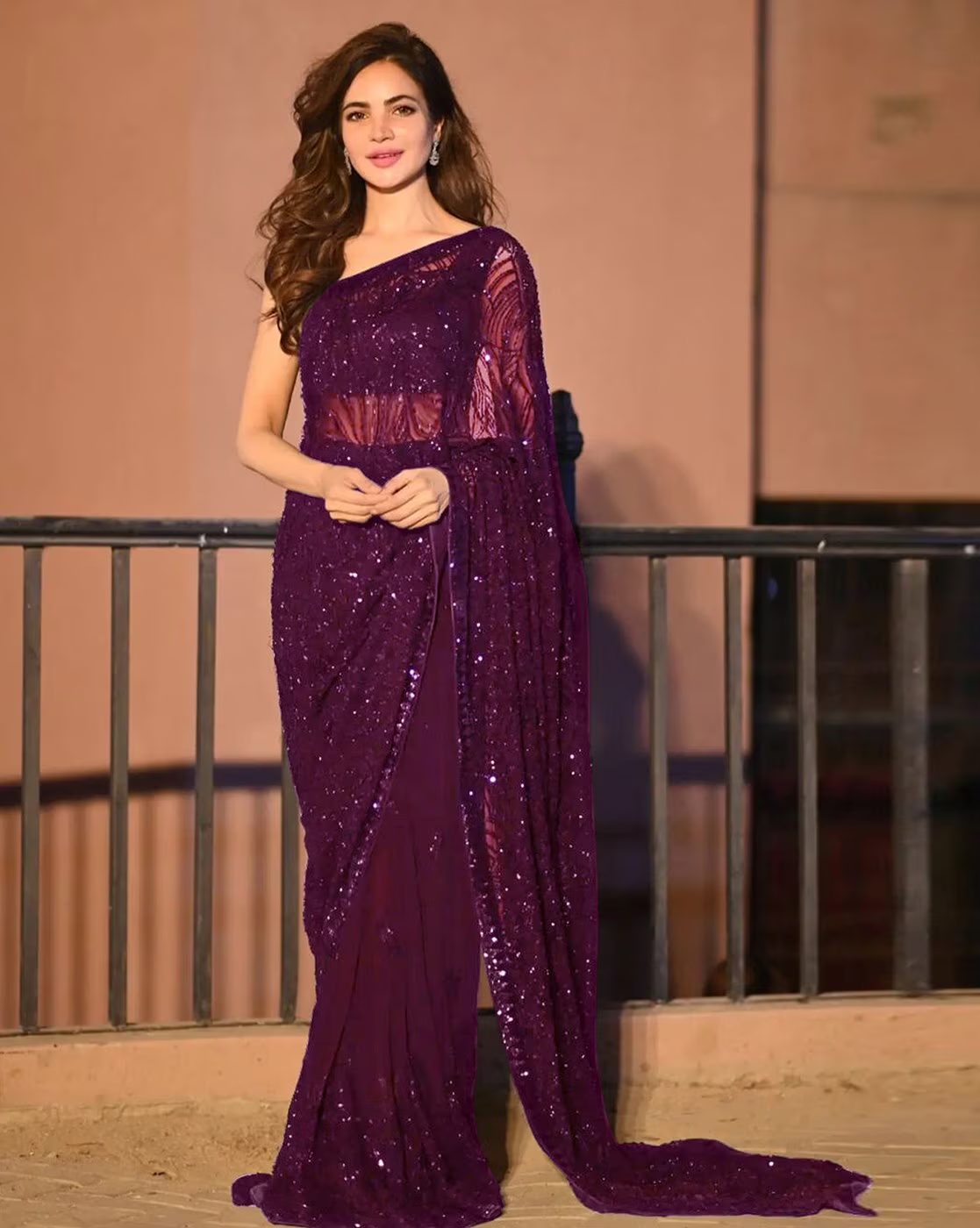
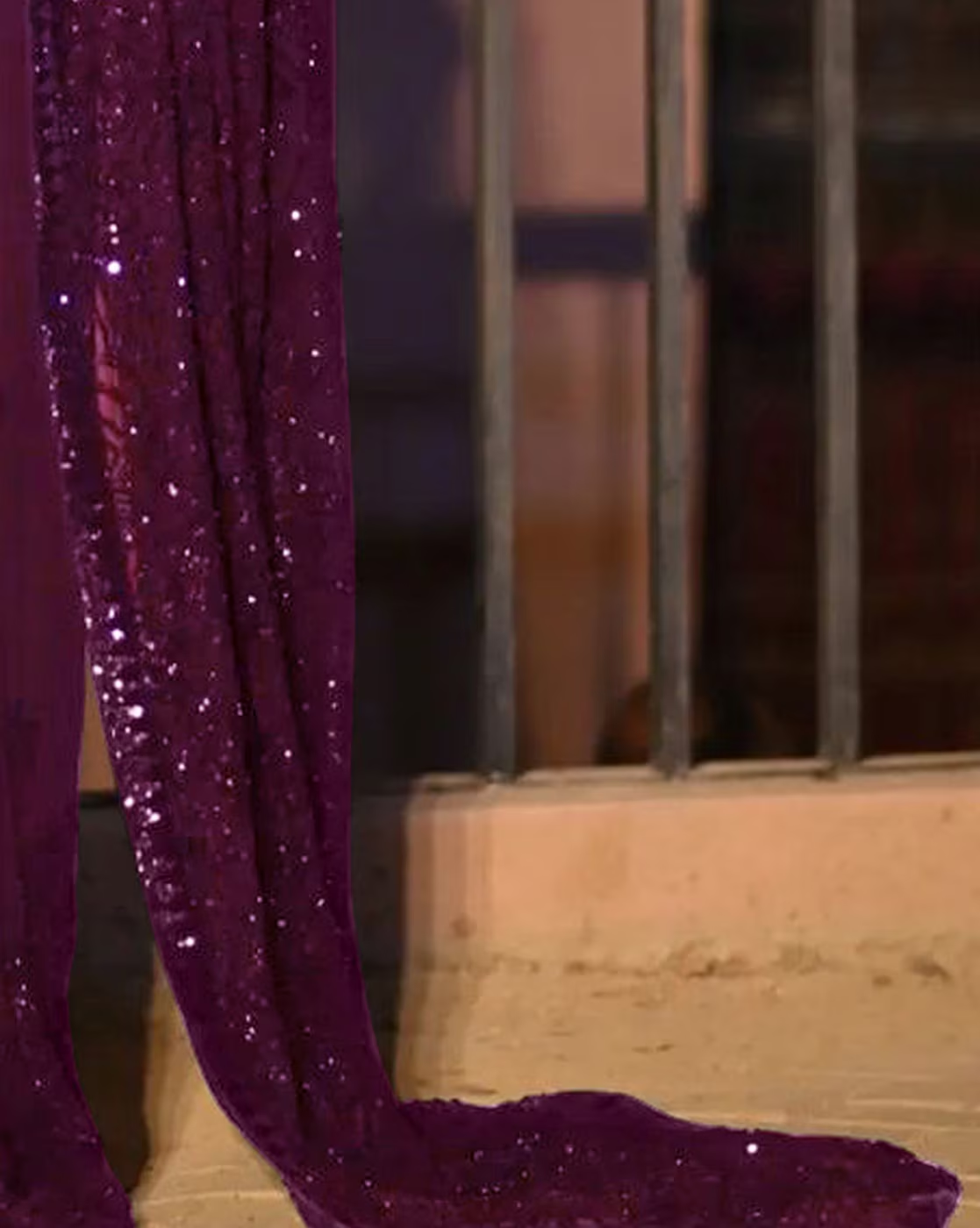
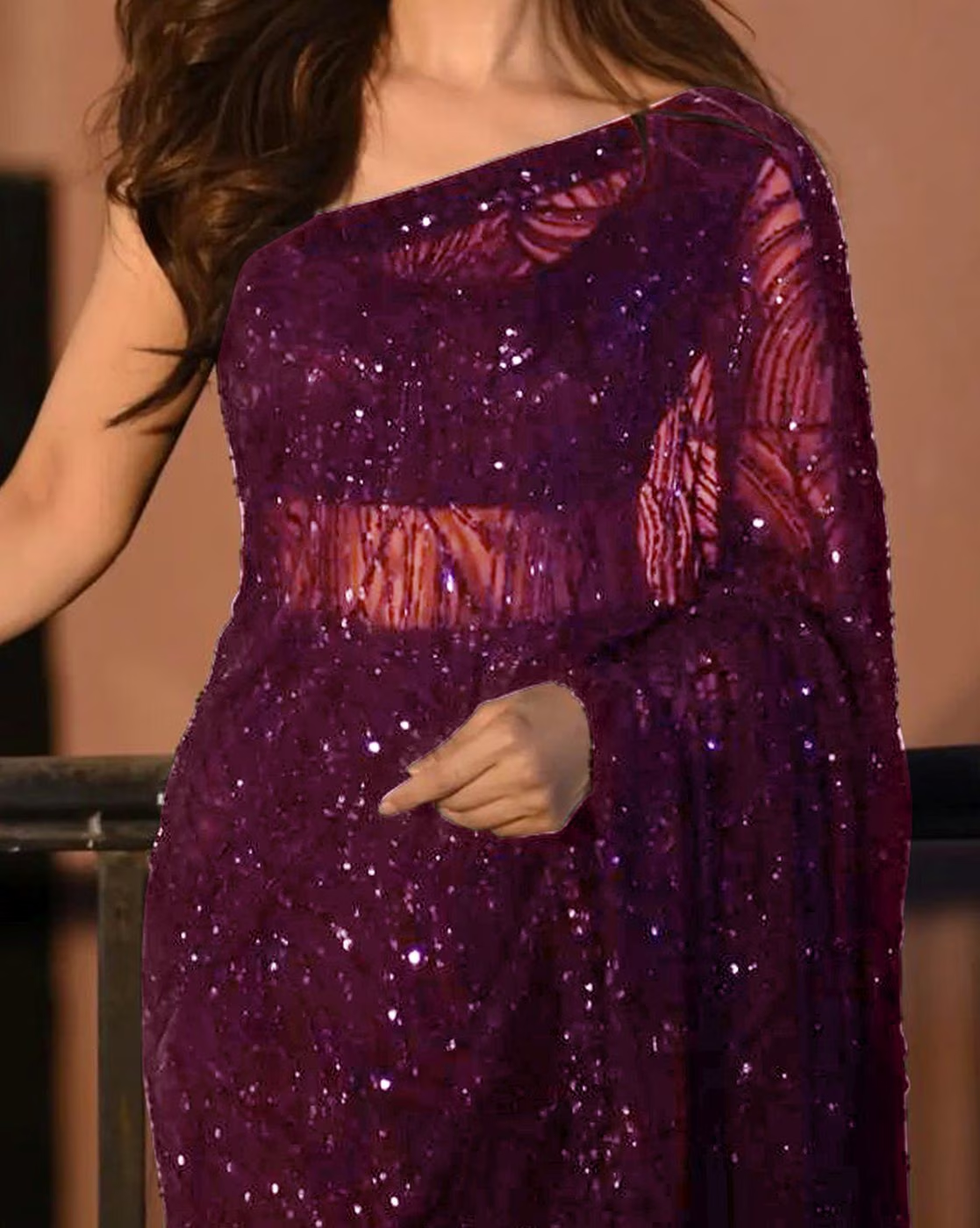
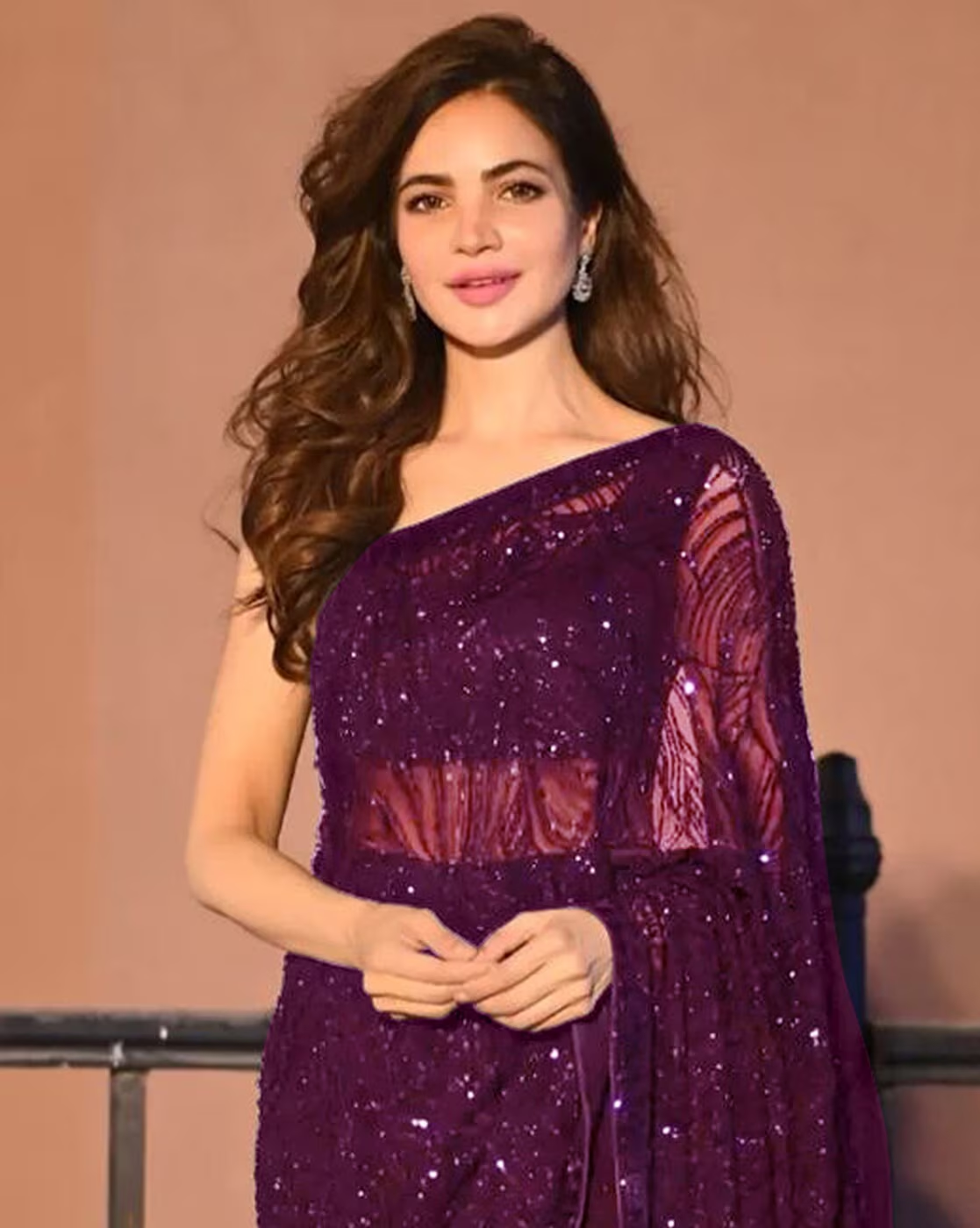

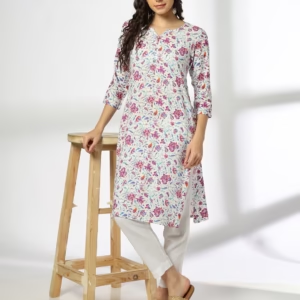
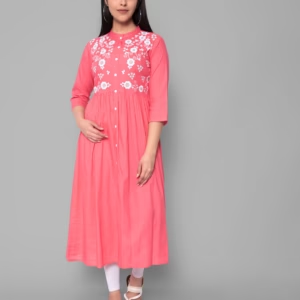
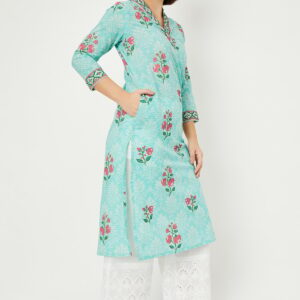
Reviews
There are no reviews yet.